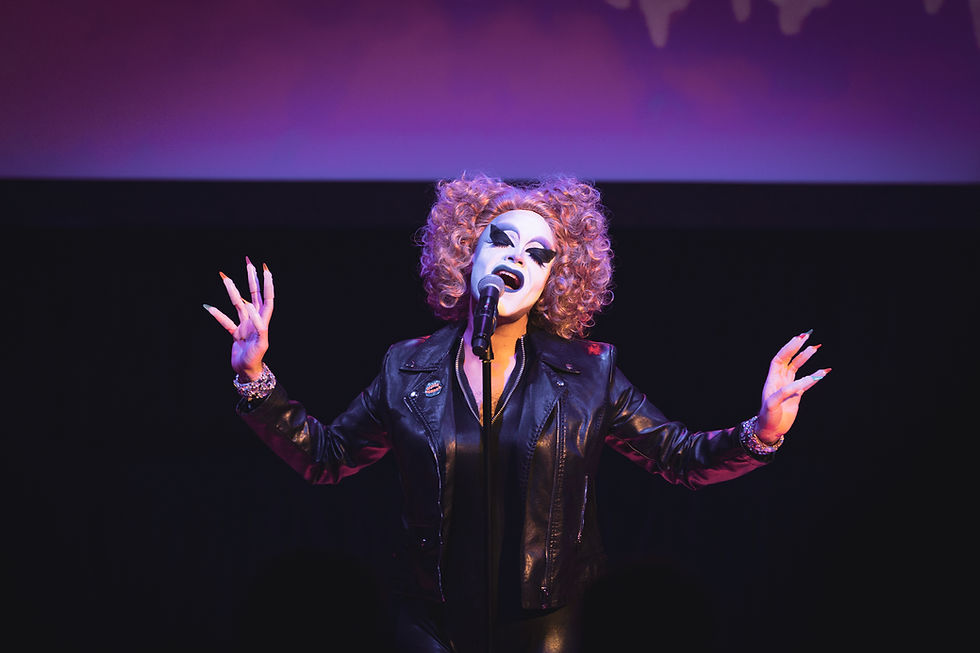Decolonizing the Performing Arts: Understanding Invisibility
- Andre Bouchard

- Dec 10, 2018
- 2 min read
Updated: Sep 13, 2022
Invisibility is one of the core challenges that is facing Native people and communities today. I can't count the number of times that I have heard that Native Americans are almost extinct. I have also fielded questions from startling sources about whether Native people exist in particular cities, states or regions. There is a persistent notion that the Indigenous people in North America were almost completely wiped out with the waves of colonists and the genocidal agenda that the US Government followed them with across the rapidly expanding boundaries of the US. Bizarrely there is also a reluctance to accept that that the US was complicit in genocide altogether. These notions are reinforced by the narrative told predominately by media and entertainment industries that have largely shut Native people out of their processes. In the performing arts this has translated to the phenomena of Natives being imagined rather than engaged with: most commonly manifested as characters, or stories about current or past events created without any consultation with Native people or communities. That is if there is any mention of Native people whatsoever.
When you don't see people like yourself in the stories you read, see or hear you will start to feel invisible. Moreover other people will start viewing your community as small or insignificant or even non-existent. This is where we find ourselves, at least in large part, today as Native people in the United States. This is, in part, why it is so important that the performing arts field do its part and start taking equity seriously for Native peoples.
In the case of Indigenous communities, it is my fervent opinion that invisibility contributes to problems such as the mental health, substance abuse and suicide crises that are plaguing our people. So, this is serious. This is a matter of life and death really. We need to have our stories told, both in the places that our young people go (online and in geographic locations) but also to the US population in general. So no other Indigenous person is ever confronted with the assertion that she/he/they don't exist.
Native Invisibility is perpetuated by many systems within the US. For example, years ago I was told by a leader of a media organization that stories don't get run by news organizations, "Because there is an issue of quality" - meaning that this person was asserting that the Native writers out there weren't up to his mark and that he was unwilling to spend the energy to help train a Native person to his standard of journalism. This sentiment is not uncommon and is a direct result of societal perceptions of invisibility. It is also a failure of not caring enough to find the many extremely capable Native writers out there. Really a failure all around, but emblematic of not just media attitudes but also attitudes from presenters.
So we have a situation where change, if it comes, will come slowly - but we cannot afford to stop pressing for it. Leaders in the arts and media need to be held accountable by their colleagues (read folk of European descent) or change will likely never happen.




Comments